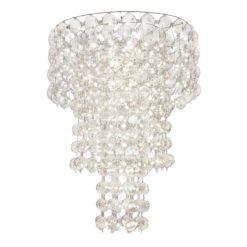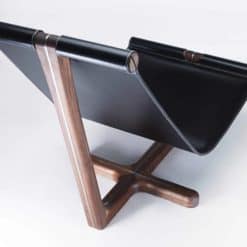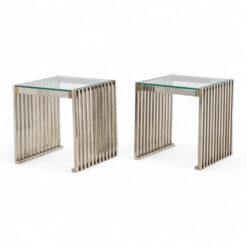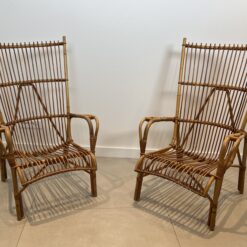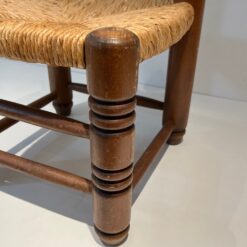Best Sellers
Furniture, Styylish History
Antique German Furniture Makers- Abraham and David Roentgen
Antique German Furniture Makers- Abraham and David Roentgen
Throughout history, there have been hundreds of notable furniture makers. But if you talk about the history of antique German furniture, there are two most celebrated names that you just can’t miss.
These are Abraham Roentgen and David Roentgen.

Abraham Roentgen and his son David Roentgen were not only the most famous furniture makers of their time. But their work and design principles continue to be a source of inspiration for many modern artisans too.
Their story is a tale of worldwide fame, international business success, and high honor. All achieved through the design and manufacture of exclusive furniture items. Furniture items that were, and still continue to be, the epitome of stylish and luxurious home décor options.
If you are looking for antique furniture online, there’s a fair chance you’d be interested in learning more about its origins too.
Modern homeowners who develop a taste for old world furnishings can hardly go without appreciating the craftspeople behind them.
Take a look at how the Roentgens revolutionized the art of furniture making. The following article talks about their contributions and how they came to define antique German furniture styles.
Abraham Roentgen
Abraham Roentgen, born January 30, 1711, was a German cabinetmaker – or as it is often called, an ‘Ebeniste.’
Ebeniste is a French word for a woodcarver or furniture maker, especially the one who works in ebony (a dense black/brown hardwood).
He was born in Mulheim am Rhein, a city district in Cologne, Germany.
Abraham learned cabinet making from his father. But he developed such a keen interest that he considered studying the subject under expert guidance.
When he was 20 years old, Abraham traveled to various places where he could sharpen his skills. His stops included Amsterdam, Rotterdam, and Den Haag.
Back in the day, these cities in The Netherlands were renowned for the production of high-quality furniture.
Abraham also worked for different London masters and came to be known as an expert in metal inlay and marquetry.
Marquetry refers to the art and craft of applying veneer, wood, or metal pieces to form decorative patterns on wooden furniture.
In 1738, at the age of around 27, he returned to his homeland. Here, he joined the Moravian Church and got married shortly thereafter.
Fifteen years later, Abraham, with his wife and son, moved to Neuwied, a small town near Coblenz. He set up a furniture manufactory where he created some of his most impressive designs.
His work stood out for the complex structural designs and lavish decorations.
When Abraham retired in 1772, his son, David, took over the business and soon established his own reputation.
Abraham Roentgen died in Herrnhut in Saxony, Germany on March 1, 1793.
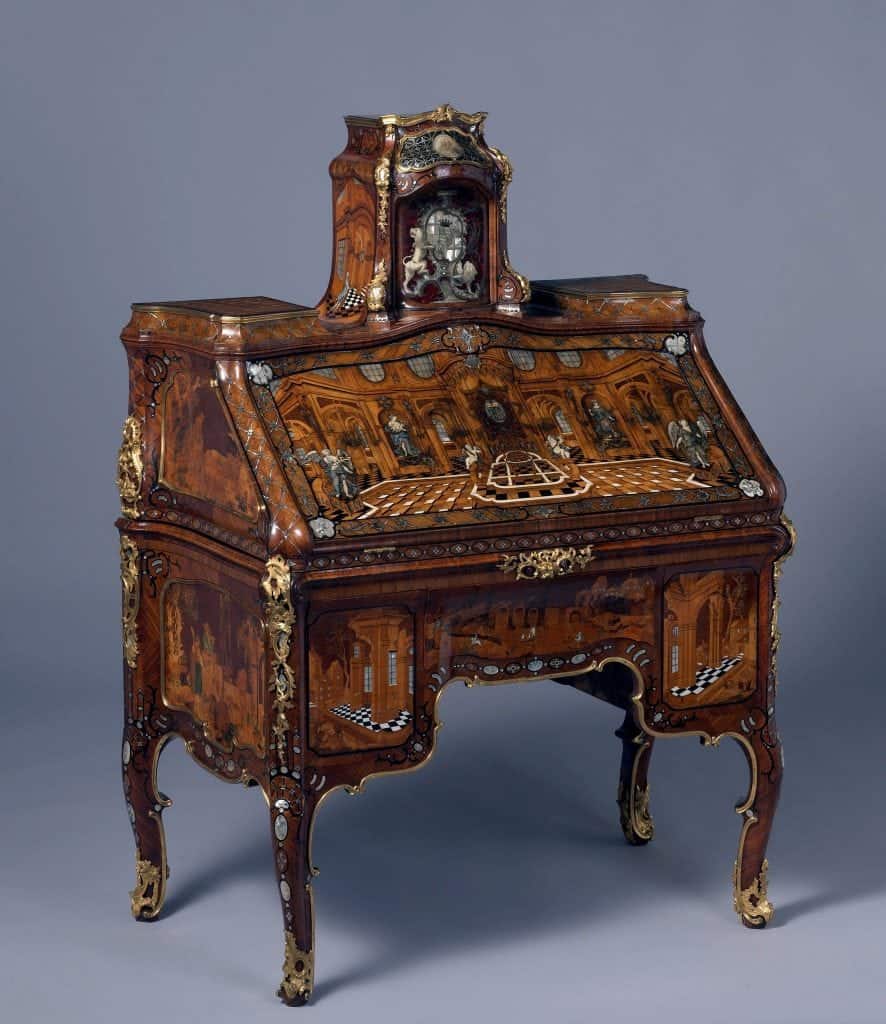
David Roentgen
David Roentgen was born to Abraham Roentgen and Susanne Marie Bausch on August 11, 1743 in Herrnhaag, Germany.
As a third-generation furniture maker, he naturally had a passion for woodwork and cabinetry. Watching his father create masterpieces in his workshop further deepened his interest to pursue the same profession.
David trained under his father’s supervision as an apprentice, eventually becoming a business partner.
When the reins of the business were completely transferred to David, he took it to even greater heights.
Although his ideology sometimes clashed with Moravian religious ideals, his styles were a big success, nonetheless.
While simplicity was a dominant part of Moravian beliefs, David’s designs heavily leaned towards opulence.
However, it was the structural complexity and brilliant marquetry itself that made his creations so popular.
With the business flourishing, David toured the European lands. This not only helped him gain more clients, but also gave him access to more opportunities to showcase his skills.
He opened up a branch in Paris. Within a year, he sold a whopping 136 pieces to Catherine II, the Empress of Russia.
Unfortunately, he couldn’t continue his international ventures when the French Revolution started in 1789.
By 1801, David almost wrapped up his business and started working for the Moravian Church instead.
He died on February 12, 1807, in Wiesbaden, Germany.

Design Features of the Roentgen Furniture
Researchers of antique furniture history say that Roentgens’ productions, in many ways, marked the end of the ancient regime of their time.
What the father and son duo made in their workshop were no ordinary furniture pieces. They were grand works of art in and of themselves.
The Roentgen firm valued constructional and mechanical ingenuity. They focused on incorporating technology in ornate furnishings and held innovative designs in high regard.
This is perhaps the main reason why they occupy such a prominent place in the history of innovative 18thCentury Continental furniture making.
They made use of intriguing mechanical design principles to transform the traditional English and French furniture styles.
Roentgen furniture was touted for the array of secret compartments, hidden drawers, and even musical devices that it revealed at the turn of a key.
Be it a reading desk, dining table, side stand or so on, you will find a few things common to all of their offerings.
Their furniture features stunning marquetry, remarkable inventiveness, and sheer grandeur all over.
These magnificent pieces were commonly referred to as Neuwied Furniture by their clientele.

Buy Impressive Antique German Furniture Online
There’s a reason why modern homeowners have developed a taste for antique furniture.
Unlike contemporary home furnishings that are usually mass-produced by machines, furniture pieces from the old world boast a unique finesse that is characteristic of hand design.
Not everyone can afford an antique Roentgen furniture piece, but if you are looking for exclusive antiques online, you are definitely in the right place.
Check out the complete range of authentic and affordable antique furniture on Styylish.
If you do not see what you are looking for, drop us an e-mail and we will do our best to find it for you.





